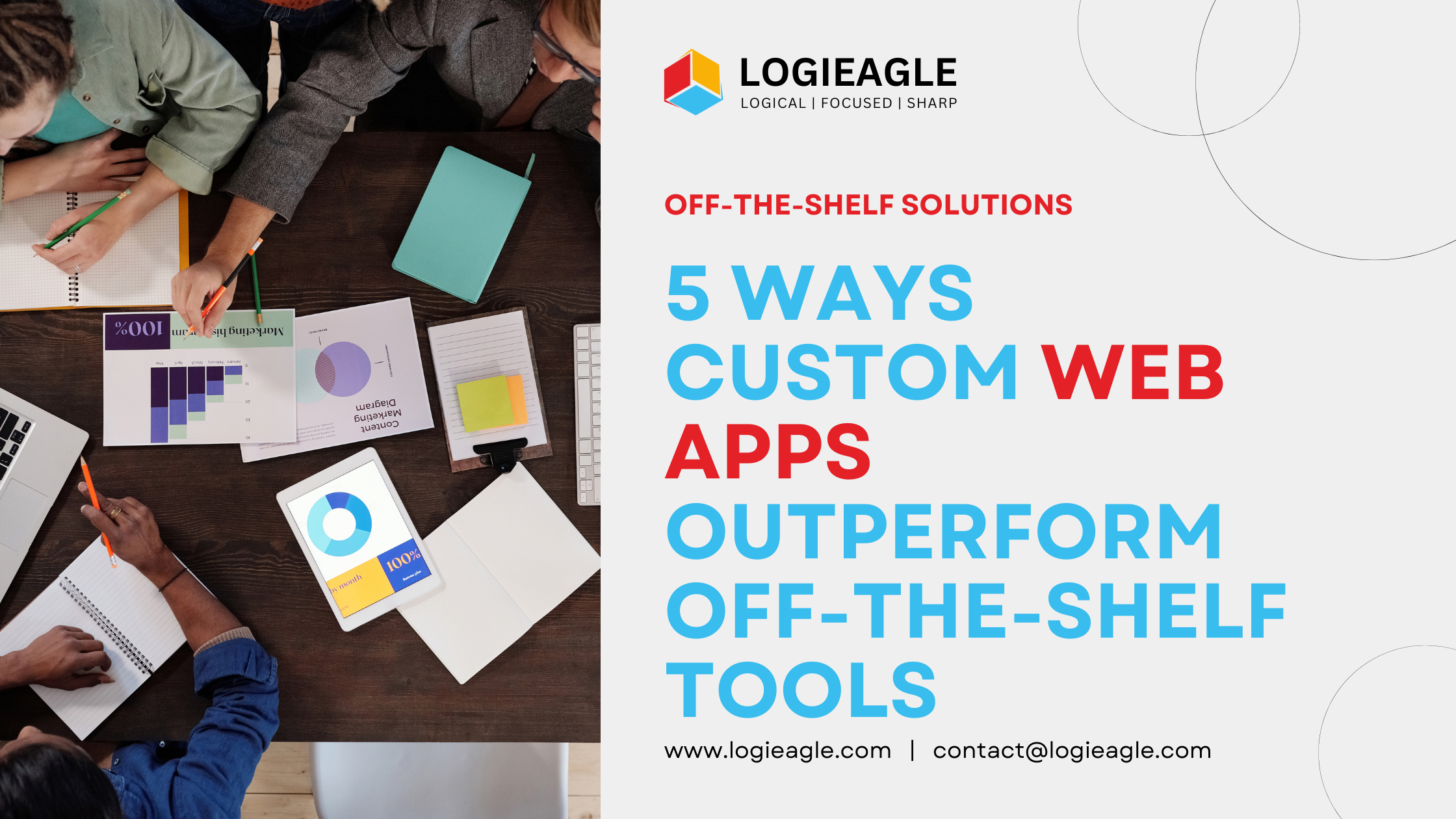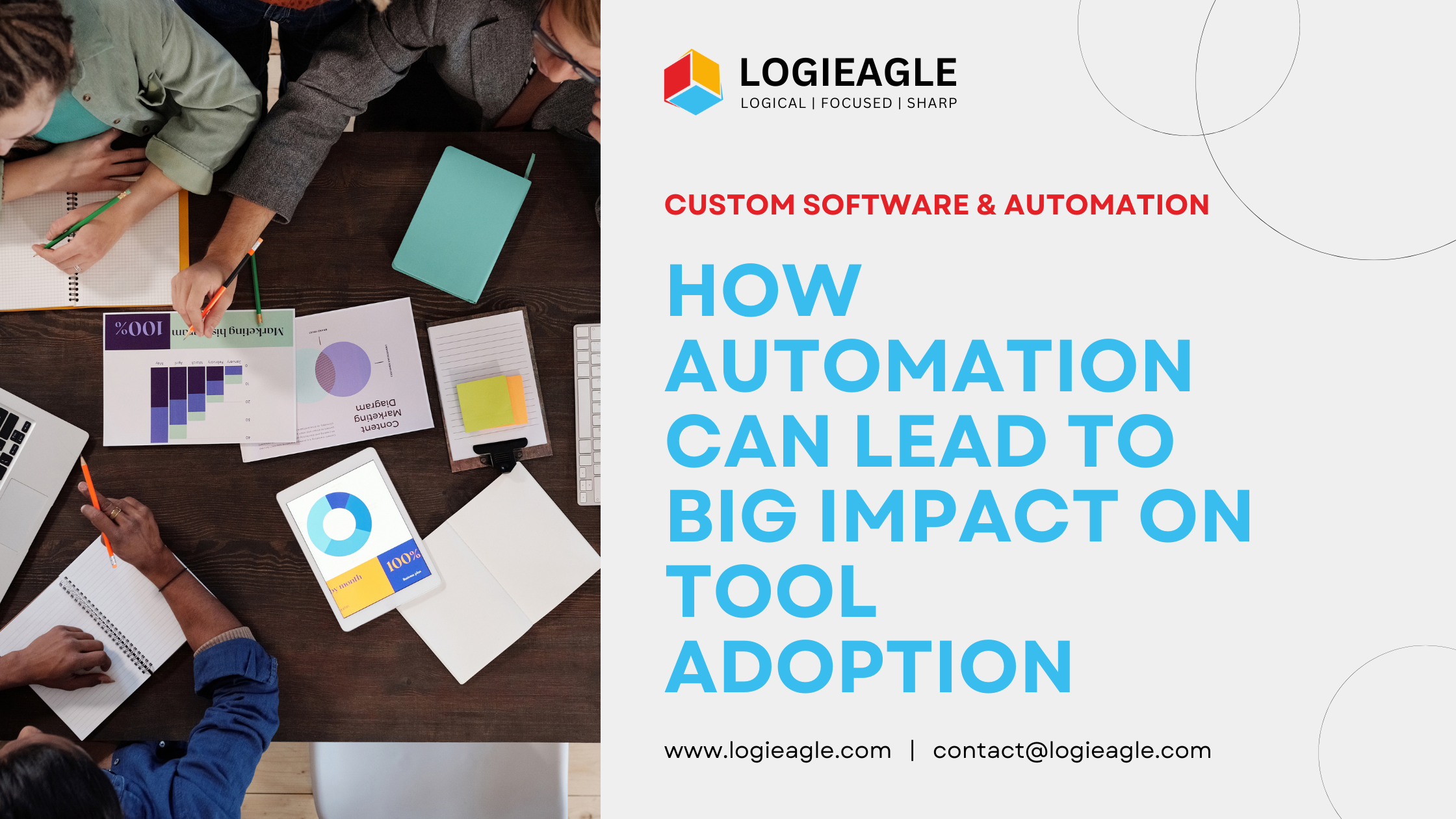Comprehensive Guide to Public Transport Tracking App Development in 2025
In an age where technology is revolutionizing daily life, public transport tracking apps are transforming urban mobility. These apps not only provide real-time tracking but also enhance efficiency, reduce waiting times, and improve overall commuter satisfaction. In this blog, we will explore the step-by-step process of developing a cutting-edge public transport tracking app in 2025.
1. Understanding the Basics of Transport Tracking Apps
Public transport tracking apps allow users to monitor the location and status of buses, trains, or other transport services in real-time. They utilize GPS technology, IoT devices, and cloud-based systems to provide live updates. Features like route planning, estimated arrival times, and push notifications make these apps invaluable for commuters.
2. Key Features of a Public Transport Tracking App
- Real-Time Tracking: Shows the exact location of vehicles on a map.
- Route Suggestions: Suggests the best routes based on traffic and schedules.
- Push Notifications: Alerts for delays, cancellations, or schedule changes.
- Live ETAs: Provides estimated times of arrival at stops.
- Fare Calculation: Offers fare estimates for selected routes.
- User Feedback: Allows users to rate and provide feedback on services.
3. Technologies Used in Development
Creating a robust transport tracking app requires integrating several advanced technologies:
- GPS and Geolocation Services: For real-time tracking of vehicles.
- IoT Devices: Embedded in vehicles to gather and transmit data.
- Cloud Computing: For data storage and seamless operation.
- AI and Machine Learning: For predictive analytics like estimated arrival times and traffic predictions.
- Mobile App Frameworks: Tools like Flutter or React Native for cross-platform app development.
4. Development Process
Follow these steps to develop a comprehensive public transport tracking app:
- Step 1: Research and Planning: Identify your target audience, key features, and market trends.
- Step 2: Design the App: Create intuitive UI/UX designs to enhance user experience.
- Step 3: Backend Development: Build a robust backend to handle data from GPS, IoT devices, and APIs.
- Step 4: Frontend Development: Develop an engaging frontend for Android, iOS, or both.
- Step 5: Testing: Perform thorough testing to eliminate bugs and optimize performance.
- Step 6: Launch and Maintain: Deploy the app to app stores and provide ongoing updates and support.
5. Challenges in Development
While public transport tracking apps are beneficial, they come with challenges:
- Real-Time Data Accuracy: Ensuring data is consistently accurate and up-to-date.
- Integration with Existing Systems: Seamlessly integrating with transport providers’ legacy systems.
- Scalability: Handling large volumes of data during peak usage times.
- User Privacy: Protecting sensitive data while complying with privacy regulations.
6. Benefits of Public Transport Tracking Apps
These apps bring several advantages:
- Improved Efficiency: Minimizes waiting times and optimizes route planning.
- Enhanced User Experience: Provides real-time updates and a smoother commuting experience.
- Cost Savings: Reduces fuel and operational costs for transport providers.
- Sustainability: Encourages public transport use, reducing carbon footprints.
Conclusion
Public transport tracking apps are indispensable for modern urban mobility, offering convenience, efficiency, and sustainability. By incorporating advanced technologies and user-friendly features, these apps can transform the way people commute in 2025 and beyond.
Looking to develop your own transport tracking app? Contact our experts at Logieagle Pvt. Ltd. to bring your vision to life!
To learn more about the latest trends in public transport and smart city technologies, check out Smart Cities Dive for insights. Explore how IoT is shaping the future of transport by visiting IoT For All, or discover the integration of AI in public transport systems through research on ResearchGate.
 Master Inventory Management with These VBA Tips and Tricks
Master Inventory Management with These VBA Tips and Tricks
 Timing Your Investment: The Key to Successful Business Automation
Timing Your Investment: The Key to Successful Business Automation
 5 Ways Custom Web Apps Outperform Off-the-Shelf Tools
5 Ways Custom Web Apps Outperform Off-the-Shelf Tools
 Evaluating ERP Vendors in 2025: What You Need to Know
Evaluating ERP Vendors in 2025: What You Need to Know
 How automation can lead to Big Impact on Tool Adoption
How automation can lead to Big Impact on Tool Adoption
 How to Use Excel Macros to Enhance Team Efficiency
How to Use Excel Macros to Enhance Team Efficiency
 From Idea to Prototype: Build Your Product Without a Dev Team
From Idea to Prototype: Build Your Product Without a Dev Team
 Boost Your Small Business Credibility by Avoiding These 7 Common Website Mistakes
Boost Your Small Business Credibility by Avoiding These 7 Common Website Mistakes
 Boost Your SME's Success with Smart UX Design
Boost Your SME's Success with Smart UX Design
 The Future of ERP: Lightweight Tools for Growing Companies
The Future of ERP: Lightweight Tools for Growing Companies